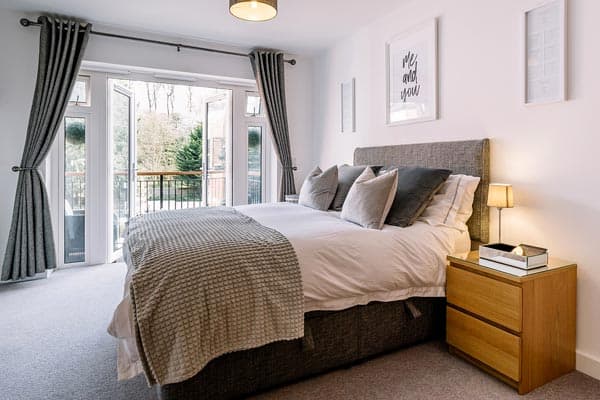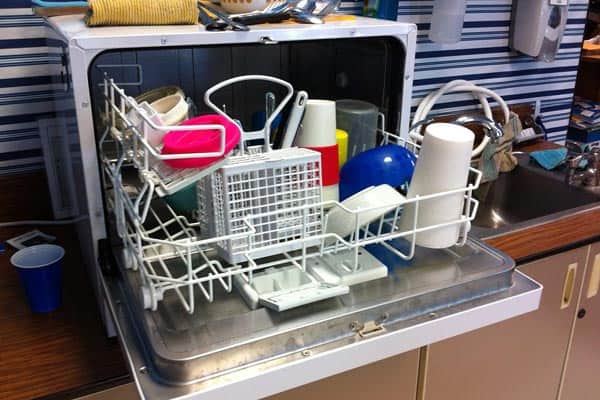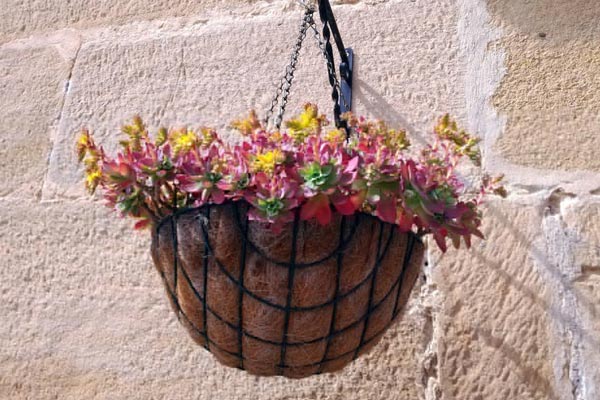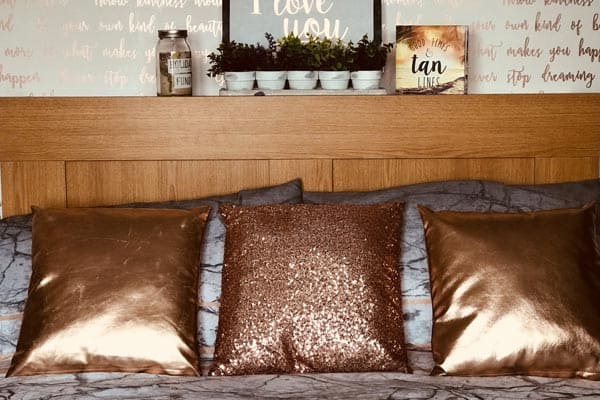Great Room Versus Living Room – Main Differences and Uses
Many people use the terms living room and great room interchangeably, but they’re two very different rooms in your home.
If you’re looking for a new home or considering upgrading yours, it’s important to be able to spot the differences between the two, so you can decide which one is more appropriate for your needs.
In turn, you’ll get a room that gets the most use.
Great Room Vs Living Room
A living room is usually a more formal room in your home that you’d use to entertain guests, and it should function as a formal entertaining space and nothing more. A great room can give you space for recreation, entertainment, and relaxation, and this makes it much more relaxed and casual out of the two.
If you’re not sure which one you should incorporate into your home, this quick guide will help narrow down your option.
We’ll go more in-depth on each room and highlight the key differences to give you a good understanding of a great room versus a living room.
Defining a Great Room
American lifestyles got less formal by the 1980s, and this reduced the need to have a separate living room when you built new homes.
The great room started to gain in popularity because it allowed you to combine a family room and a living room, and it was more encompassing and larger.
This room typically featured high ceilings that reached two or more stories and plenty of space for multiple family activities to take place at one time.
You could read, study, play games, or watch television all in one room without disturbing other people, and it either contained a kitchen or was adjacent to one.
It typically gets built right into the center of your home, and the furniture pieces ranged from high-end to casual, including:
- A desk at the end of the room or in a corner by the bookcase
- Comfortable furniture like loveseats, sofas, side chairs, and recliners
- Game table and side tables scattered around
Defining a Living Room
A living room would typically be in the front of the house right off your foyer, and you used it to formally entertain or receive guests.
This placement lets you close the living room and foyer off from the rest of your home, and the decor style typically featured high-end furnishings and furniture pieces. Depending on the room size, you could easily find the following:
- Average Size – Two matching side chairs, a couch, matching table lamps, and two matching end tables.
- Larger Size – A loveseat, couch, matching end tables, one or two matching side chairs, matching table lamps, and potentially buffet table lamps with a matching sofa table.
- Medium Size – Two matching side chairs, a loveseat, matching pair of table lamps, and two matching end tables.
- Medium Size with a Fireplace – Formal coffee table, two matching loveseats to place across from each other, two table lamps, and two matching end tables.
The Five Main Differences Between a Living Room and a Great Room
Let’s dig down into the small details that make up each of these rooms, so you get a solid understanding of which one is more appropriate for your home.
1. Room History
Having a great room gave people a way to romanticize the idea of having chambers or great halls like mansions, and medieval castles did.
They were very big centralized rooms where everything happened in the house, and the idea took shape in American homes.
You get a centralized room that you use for all of your family functions that you would typically split between a family room and a living room.
The living room concept was originally meant to be a formal display area in 17th-century homes for welcoming guests. It slowly turned into a much more informal gathering space in the home.
If you have a bigger home with a contemporary feel and several common areas, your living room will still keep formal undertones to it.
2. Size
One of the biggest differences between a living room and a great room is the size. Both rooms indeed have average square footage that stays in proportion with the rest of your home, but the great room is always larger.
This is because you need more space for your family and friends to spread out while they play games, lounge around, or simply enjoy everyone’s company. The great room is the winner when it comes to size when you compare the two rooms.
3. Floor Plan
A great room has an open floor plan that usually features raised ceilings, and it’s always near the center of your home.
This floor plan lets a lot of natural sunlight stream in due to the higher ceilings, open floor plan, and windows, including allowing light into the adjacent dining room or kitchen.
A living room, sitting room, or lounge gets used specifically for socialization, so it makes sense that it’s more closed off in the front portion of the home. It’s less energy-efficient than the open floor plan that a great room offers.
4. Main Function
A great room features a multifunctional design, and you can easily turn it into a playroom, TV room, home office, hobby corner, library, or a casual living room. Generally speaking, it’s easy to decorate this space any way you like to project a nice, airy feel.
A living room is typically a separate entity that you use for special or formal occasions. It’s the organized, perfect space for your more high-end parties. You direct less familiar or more important guests here when they come into your home.
5. Furniture
It’s important to pick the correct type of furniture for your living room or living room and keep in mind that both rooms come with their furniture requirements you want to abide by.
A great room has an open feel that flows from one area to the other, so you’ll rely very heavily on bigger sectional furniture pieces and area rugs to help you clearly define the various boundaries. So, a couch can act as a nice border that separates the great room from the kitchen.
The goal with this space is to pick out more cozy and comfortable furniture to help pull the space together.
If you have smaller spaces, consider adding a high-legged sectional because it gives the illusion that the room is more open.
A living room with a more formal feel requires you to have the most stylish, newest, and highest-quality furnishing and furniture pieces. You could also bring in nice antique furniture to add elegance. This room is more of a luxury because it’s always proper and clean.
You want to avoid big furniture pieces like sectionals because they can make the room look too small and cramped.
Pick out coffee tables, smaller sofas, and armchairs, and make sure that your furniture has high legs to make the living room feel less stuffy and more open.
No matter which room you want to decorate, it’s essential that you take the time to bring in complementary furniture pieces. Doing so can help you transform your living room or great room into an inviting space.
Bottom Line
A great room and a living room are two very different spaces, and now you should have a good idea of which one will work best for your wants and needs. Plan carefully, choose your furniture pieces and enjoy your new space.






